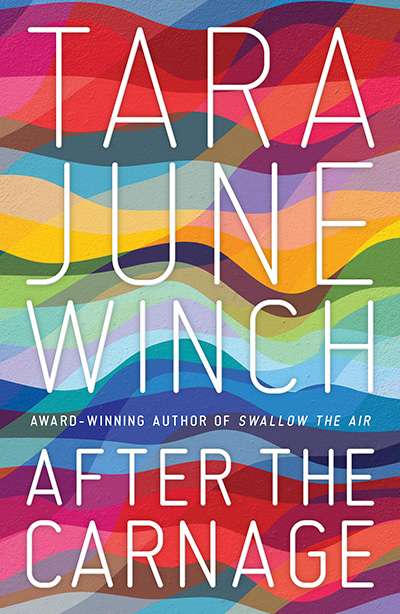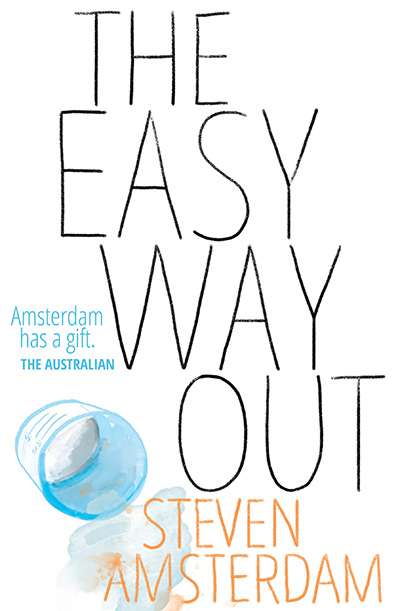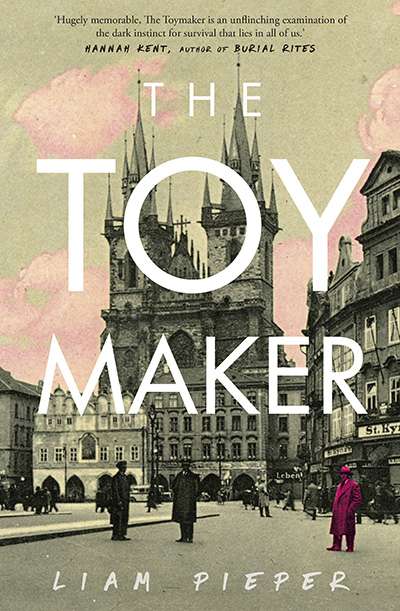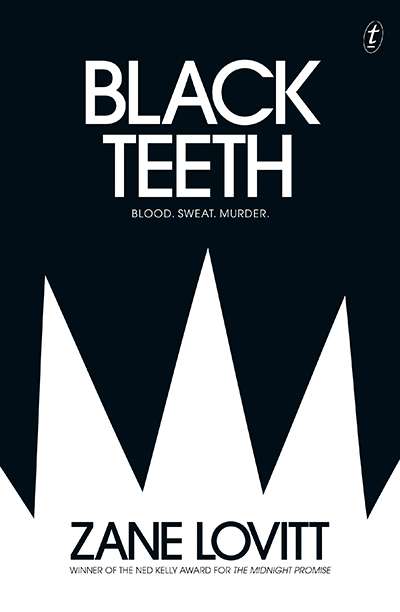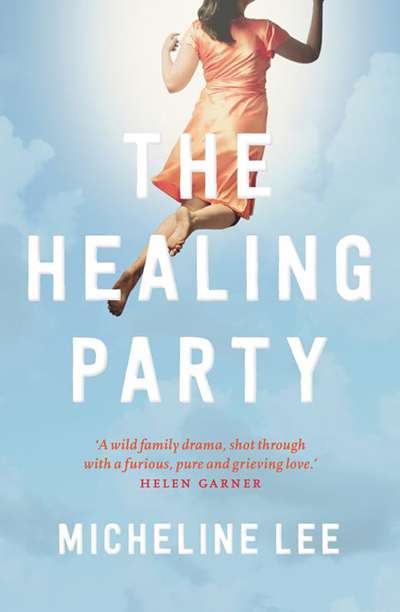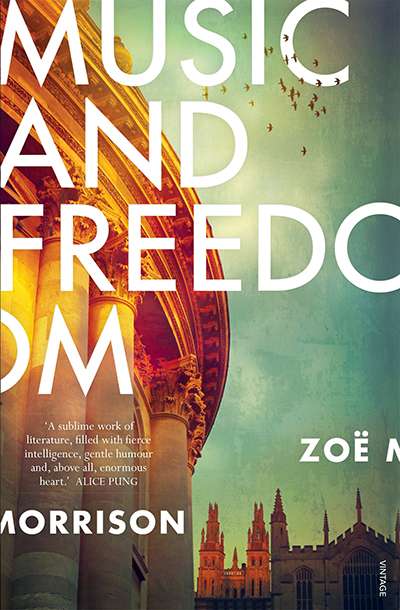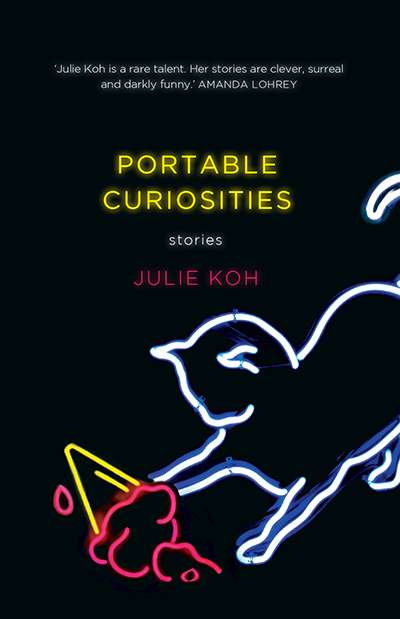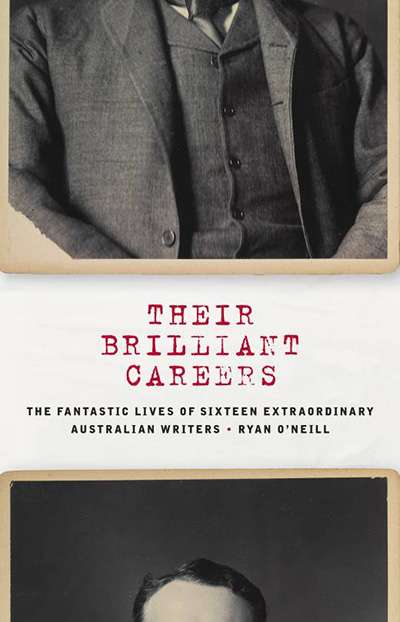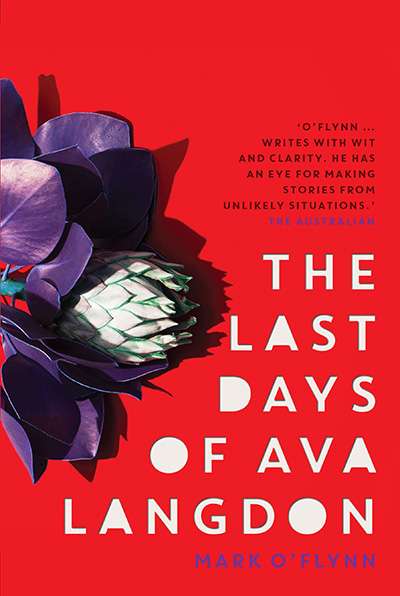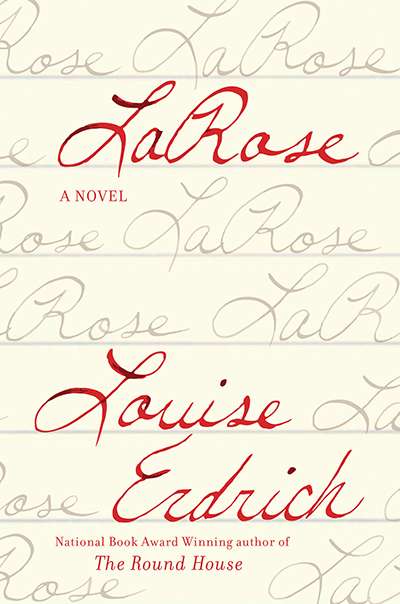Fiction
Tara June Winch's first and only other book to date, a series of linked stories called Swallow the Air, was written while she was pregnant with her daughter Lila ...
... (read more)For a novel about death – assisted dying, more specifically – The Easy Way Out is incredibly funny. Steven Amsterdam has a wry sense of humour, which is always ...
... (read more)Liam Pieper has been making quite a name for himself in recent years. He published his début memoir, The Feel Good Hit of the Year, to acclaim in 2014. He followed this ...
... (read more)Like James M. Cain's 1943 novella Double Indemnity – better known from Billy Wilder's influential film version of the following year – Black Teeth begins with a dubious ...
... (read more)Compelling from start to finish, The Healing Party is a mature and illuminating account of the complex ties of family. Micheline Lee's début novel follows Natasha Chan who ...
... (read more)Resurrection being the concept underpinning Music and Freedom, fittingly the performance of Rachmaninov's Second Piano Concerto – which marked the ...
... (read more)Julie Koh's first full-length short story collection, Portable Curiosities, is an electrifying satire on Anglo-Australian hegemony and the underbelly of the Australian Dream ...
... (read more)Their Brilliant Careers: The Fantastic Lives of Sixteen Extraordinary Australian Writers by Ryan O’Neill
In the acknowledgments of Their Brilliant Careers, the author gives thanks to Roberto Bolaño's Nazi Literature in the Americas (1996), which 'provides essential background ...
... (read more)Poet and novelist Mark O'Flynn lives in the same street in the Blue Mountains in which Eve Langley's derelict shack still stands. Perhaps her ghost drifts along the well-worn ...
... (read more)Some books in a writer's oeuvre are like beacons. Louise Erdrich has shone such lights before, but in a prolific career – this is her fifteenth novel – LaRose is perhaps her brightest. A story of traditional justice, vengeance, and healing, LaRose is also a cohesive weaving of intergenerational stories that links back to the beginning of a writ ...


